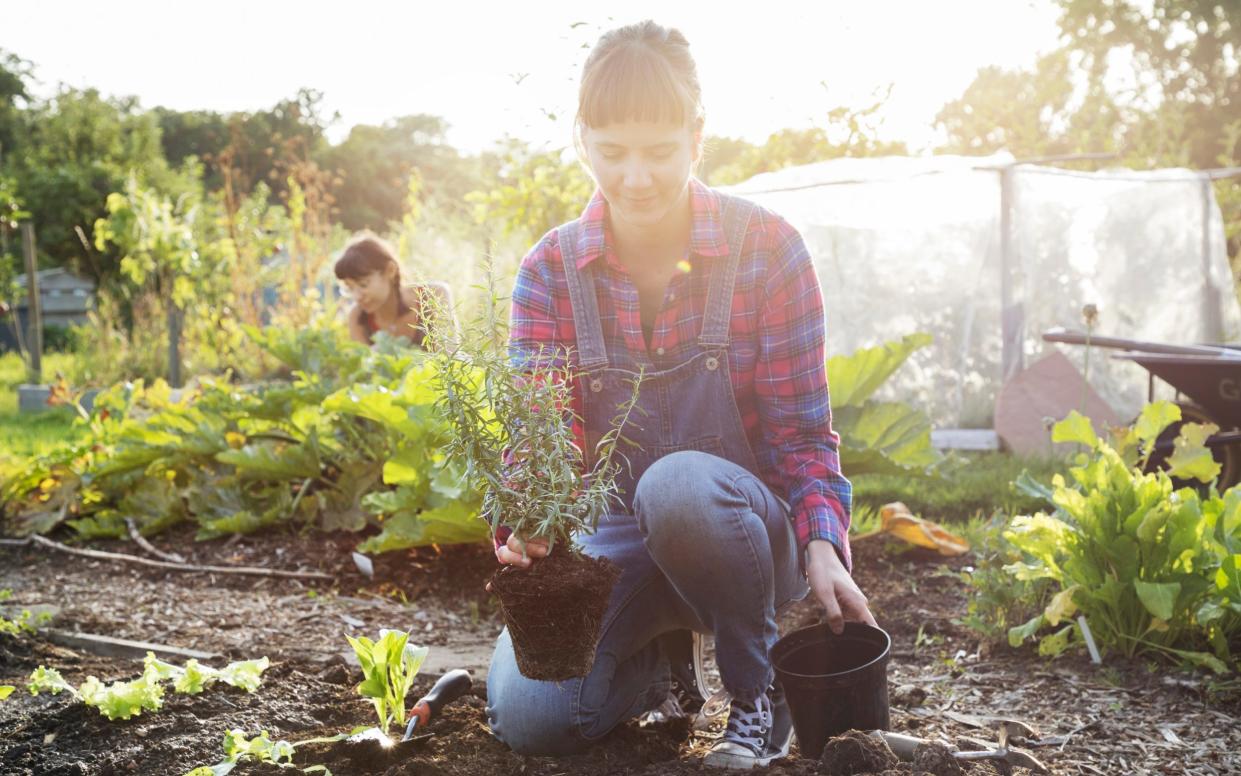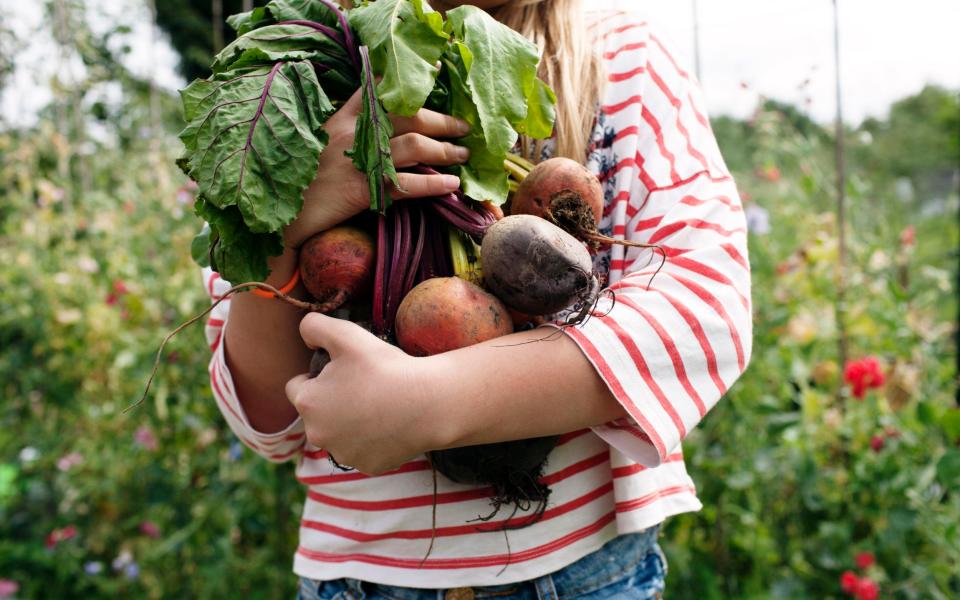Carbon footprint of homegrown food five times greater than those grown conventionally

Growing your own food in an allotment may not be as good for the environment as expected, a study suggests.
The carbon footprint of homegrown foods is five times greater than produce from conventional agricultural practices, such as rural farms, data show.
A study from the University of Michigan looked at how much CO2 was produced when growing food in different types of urban farms and found that, on average, a serving of food made from traditional farms creates 0.07kg of CO2.
The impact on the environment is almost five times higher at 0.34kg per portion for individual gardens, such as vegetable patches or allotments.

The majority of the emissions do not come from the growing of the food themselves, the scientists say, but from the infrastructure needed to allow the food to be grown.
Researchers grouped urban agriculture sites into three categories: individual or family gardens, including allotments; collective gardens, such as community gardens; and larger, commercial-orientated urban farms.
Jake Hawes, a PhD candidate at Michigan and first author of the study, said: “The most significant contributor to carbon emissions on the urban agriculture sites we studied was the infrastructure used to grow the food – from raised beds to garden sheds to pathways, these constructions had a lot of carbon invested in their construction.
“Poorly managed compost and other synthetic inputs can also be important contributors, though they were not the majority on most of our sites.”

The study, published in the journal Nature Cities, recruited 73 urban agriculture sites around the world, including Europe, the US, and the UK, and conducted a comprehensive life cycle assessment on the site’s infrastructure, irrigation and supplies.
Fruit was found to be 8.6 times more eco-friendly when grown conventionally compared to in a city, whereas vegetables were 5.8 times better for the environment when left to the professionals.
But some crops have a lower carbon footprint than others and can help green-fingered members of the public make their allotment or garden better for the environment.
Tomatoes grown domestically, for example, have a lower carbon footprint than conventional farming, as does asparagus.
A serving of urban tomatoes makes, on average, 0.17kg of CO2, compared to 0.27kg in a conventional farm which would use an energy-intensive greenhouse.
Likewise asparagus, which is most often flown in from abroad and thousands of air miles, is a source of large carbon emissions if grown conventionally.

“We find that urban farmers and gardeners can reduce their net impact by focusing on foods that are high-carbon in conventional agriculture,” Mr Hawes said.
“Two examples of this that we identify are greenhouse-grown crops, including many tomatoes, and crops that are often flown in from across the planet, such as asparagus.”
The scientists also found that they can make their garden and at-home farming better for the environment by repairing their infrastructure as much as possible and not replacing it unless absolutely necessary.
Two-thirds of the carbon footprint of allotments is created by the garden itself, data show, and building it to endure tough winters for several years can reduce the impact.
Gardeners should also try and build their site with recycled or second-hand materials, wherever possible, with emissions being cut by more than half if waste from other parts of a city were upcycled for the beds and sheds, for example.
This study was published in the journal Nature Cities

